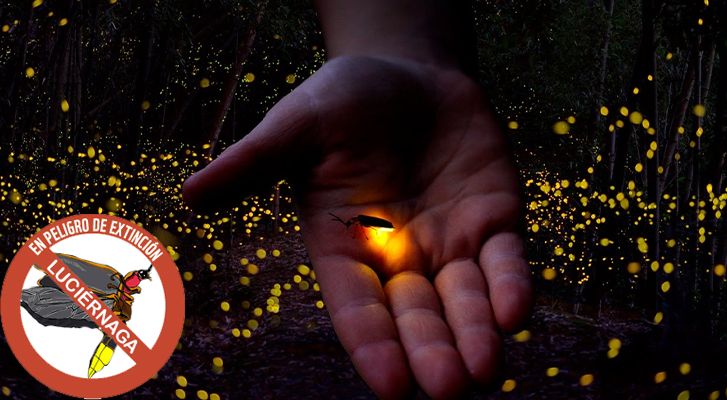
Wildfires, pesticide use, illegal logging and surprisingly, artificial light are the most serious threats endangering fireflies worldwide. These factors have raised the extinction spectrum for certain species and related impacts on biodiversity and ecotourism, according to a team of biologists led by Tufts University.
Habitat loss is the most critical threat to firefly survival in most geographic regions, followed by light pollution and pesticide use, according to respondents.
Artificial nightlight has grown exponentially over the past century. “In addition to disrupting natural biorhythms, including humans, light pollution really ruins firefly mating rituals,” explains Avalon Owens, candidate for a Ph.D. in Biology at Tufts and co-author of the study.
Many fireflies rely on bioluminescence to find and attract their partners, and previous work has shown that too much artificial light can interfere with these courtship exchanges. Switching to energy efficient and too bright LEDs does not help. “Brighter isn’t necessarily better,” Owens says.
Firefly experts saw widespread agricultural use of pesticides as another key threat to the firefly’s survival.
Most insecticide exposure occurs during the larval stages, because juvenile fireflies spend up to two years living underground or underwater.
Insecticides such as organophosphorous and neonicotinoids are designed to kill pests, but they also have off-target effects on beneficial insects. While more research is needed, evidence shows that many commonly used insecticides are harmful to fireflies.
Some studies have quantified the decline in the firefly population, such as those seen in Malaysian synchronous fireflies that attract tourists, and the firefly ‘Lampyris noctiluca’ in England.
And numerous anecdotal reports suggest that many other species of fireflies in a wide range of habitats have also suffered recent declines. “However, we really need better long-term data on firefly population trends; this is a place where citizen science efforts like Massachusetts Audubon’s Firefly Watch project can really help.”
Researchers also highlight risk factors that allow them to predict which species will be most vulnerable when faced with threats such as habitat loss or light pollution.
Still, researchers remain optimistic about the future of fireflies. “Here in the United States, we are fortunate to have some robust species like the ‘Photinus pyralis,’ Lewis says.
"El reclamo puede ser genuino, pero construido sobre una mentira", apuntó el presidente Javier Milei…
El gobernador de la provincia de Buenos Aires, Axel Kicillof, encabezó un acto en Ensenada…
El diputado nacional de La Libertad Avanza, José Luis Espert, expresó su confianza en la…
Tras la masiva reaparición de Cristina Fernández de Kirchner, el presidente Javier Milei apuntó contra…
El principal propósito de la nueva comisión es evaluar los recursos humanos en el Senado,…
En una medida que busca redefinir las condiciones de los seguros de automóviles en Argentina,…
Esta web usa cookies.